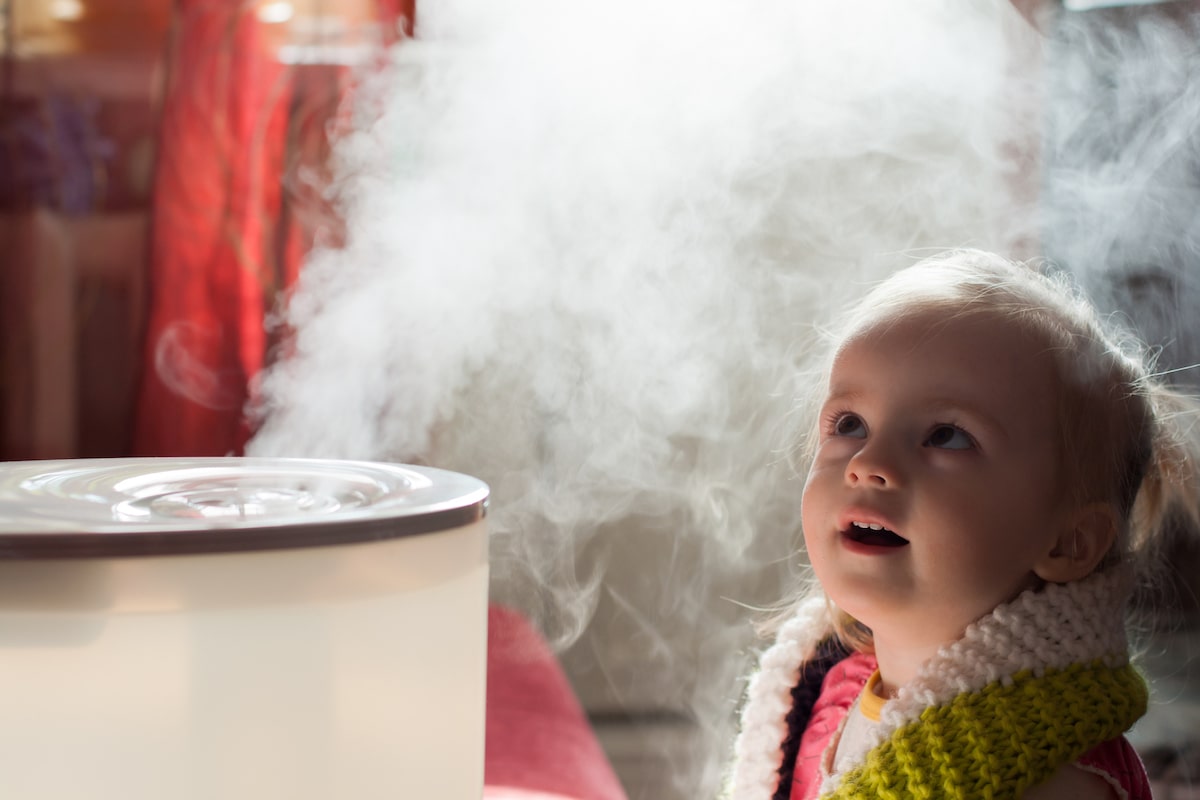Humidifiers and air purifiers could become the hottest, and scarcest, must-haves since toilet paper and sanitizing wipes if COVID-19 returns to the Northeast this winter.
The virus that causes COVID-19 loves dry air with low humidity. Those conditions describe most homes in the Northeast. Add a fireplace or wood stove and viral particles are suddenly like the holiday guests who never want to leave. A humidifier can help.
As for air purifiers, the Environmental Protection Agency says portable air cleaners and HVAC filters on forced-air heating systems cannot singlehandedly protect people from getting COVID-10. But: “When used along with other best practices recommended by the Centers for Disease Control and Prevention and others,” the EPA says, “filtration can be part of a plan to protect people indoors.”
Humidifier
A new, peer-reviewed study by researchers from the University of Sydney (Australia) and the Fudan University School of Public Health in Shanghai estimated that for every 1 percent decrease in relative humidity, COVID-19 cases can increase by 7 percent to 8 percent. A 10 percent drop in relative humidity could double COVID-19 infections, the researchers said in the study published in Transboundary and Emerging Diseases.
Airborne particles are smaller in dry air and low humidity. Infectious particles produced by a sneeze or cough remain in the air longer, increasing the risk of exposure to other people. Increasing the humidity makes the infectious particles both bigger and heavier, causing them to drop from the air and land on hard surfaces.
“This suggests the need for people to wear a mask,” said Dr. Michael Ward, the study’s leader, “both to prevent infectious aerosols escaping into the air in the case of an infectious individual, and exposure to infectious aerosols in the case of an uninfected individual.”
Air Purifier
Look for an air purifier that uses mechanical filtration, with a HEPA filter that captures airborne particles. A HEPA filter removes 99.7 percent of particles measuring 0.3 microns or larger. A viral particle typically measures only 0.1 micron, even smaller, but when airborne clings to larger water droplets or other carrier.
Duke University researchers have actually developed an online calculator (here) that helps teachers and students assess their COVID-19 risk based on the physical dimensions of the college classroom, the number of students, the number of in-person sessions and other variables. The model calculates the likely concentration of infectious airborne particles. The calculator’s wildcard is air purification. A filter in the classroom, according the the calculator results, can reduce the chance of infection to about 1 percent from 13 percent to 14 percent in a classroom without air air filtration.
Indoor gatherings are much more risky than outdoors, where fresh air, high humidity and the virus-killing sun have helped limit COVID-19’s spread in Connecticut this summer. Yet our challenges in March could be a more likely preview of the coming winter.
The same rules will apply: social distancing, wearing a mask and good hand hygiene. If you decide to invite people into your home this winter from outside your bubble, a good humidifier and air purifier could be your best friends.


